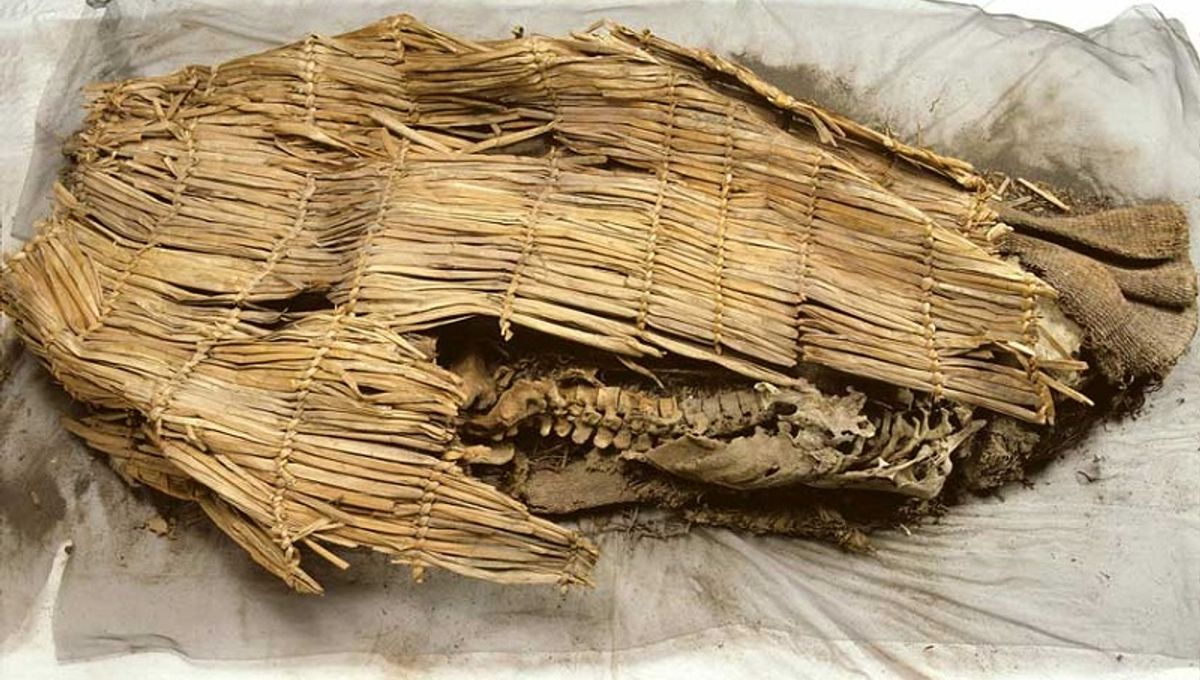
More than 10,000 years ago, a group of Indigenous Americans with close genetic ties to the mysterious Clovis people buried a member of their tribe in a cavern in Nevada that we now call Spirit Cave. Against all odds, the mummified remains of this prehistoric man eventually helped to settle a legal and cultural dispute in the 21st century, rewriting the accepted historical narrative of Native American populations.
First discovered by archaeologists in 1940, Spirit Cave Man was paraded at the Nevada State Fair the following summer before being handed over to the Nevada State Museum in Carson City. Initially, researchers believed the mummy was less than 2,000 years old, but radiocarbon dating conducted in 1997 revealed that the body had actually been resting in the cave for 10,700 years, making this by far the oldest known mummy on the planet.
At this point, representatives of the Fallon Paiute-Shoshone Tribe requested that the body be returned to Spirit Cave under the Native American Graves Protection and Repatriation Act. Identifying the mummy as an ancestor whom they called “The Storyteller”, tribal leaders claimed a direct genealogical connection to the ancient individual.
The Bureau of Land Management, however, refused to comply, pointing to the established thinking of the time, which held that modern Native Americans were in fact unrelated to the continent’s earliest inhabitants, who were considered to be a genetically distinct population known as Paleoamericans.
For two decades, the Fallon Paiute-Shoshone Tribe argued their case, eventually winning the legal battle in 2018 when the Spirit Cave Mummy’s DNA was finally analyzed. Results not only showed an unbroken genetic lineage linking the mummy with present-day Native Americans, but also revealed that the ancient individual was closely connected to the very first humans to set foot in the Americas.
Transforming the accepted narrative, the findings proved that the Fallon Paiute-Shoshone and other tribes belong to a population that has remained in place for almost 11,000 years, resulting in the mummy being immediately repatriated. Now, the authors of a new study have analyzed hundreds of ancient stone arrowheads from the Lahontan Basin in Nevada in order to map fluctuations in the density of this population over time and determine how these ancient communities responded to drastic changes in the local climate.
For instance, they found that an ancestral group called the Lovelock culture survived an epic, millennium-long drought called the Late Holocene Dry Period by temporarily relocating to higher altitudes.
According to the 20th-century anthropological narrative, the Lovelock people eventually disappeared around 1250 CE, to be replaced by Numic-speaking tribes shortly afterwards. Thus, it had been assumed that all present Native American populations in the region had arrived no earlier than 700 years ago.
However, the new analysis suggests that the Lovelock culture did not vanish, but simply merged with Numic-speaking arrivals. As such, the study authors reaffirm the newly rewritten history of the Fallon Paiute-Shoshone, proving once more that they are indeed directly descended from the one they call The Storyteller.
The study is published in the journal American Antiquity.
Source Link: Spirit Cave Man: How The World’s Oldest Mummy Rewrote 10,000 Years Of Native American History